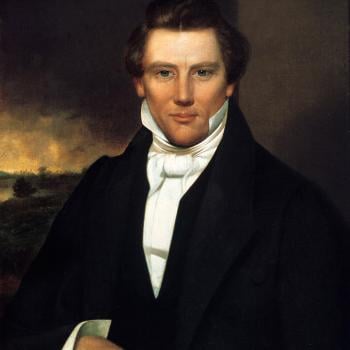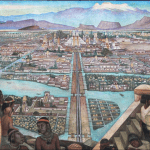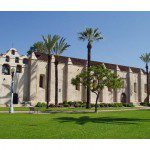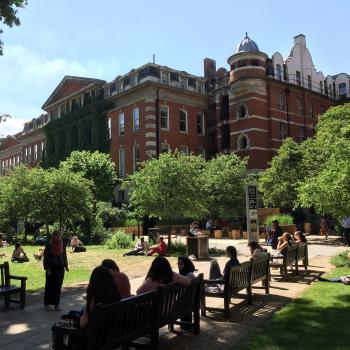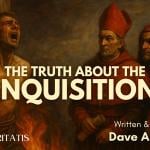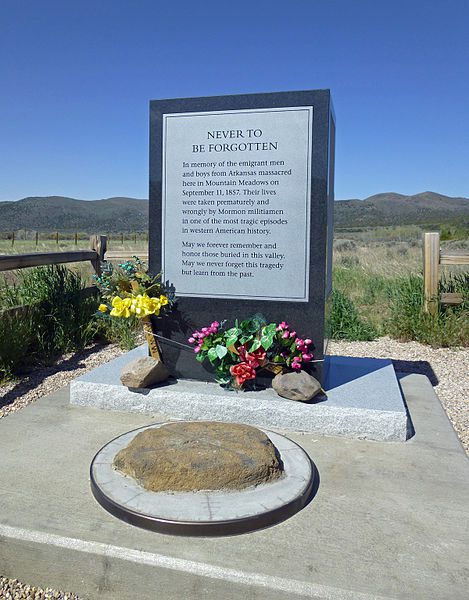
(Wikimedia Commons)
The Mountain Meadows Massacre is the worst episode in the history of the Restoration, the most terrible story in the history of the Church of Jesus Christ of Latter-day Saints. It can, perhaps, be partially understood, but it cannot be excused.
That said, despite the best efforts of generations who dearly wanted to use it as a weapon against Mormonism, it also cannot be laid at the feet of Brigham Young, nor at the feet of the Church itself.
And, I think, it doesn’t so much speak of the nature of Mormonism as it does of human nature.
The most puzzling, and, in a sense, the most significant and troubling thing about it is that it was executed, overwhelmingly, by otherwise good men. That’s the mystery and the concern of the event.
If these had been crazy people, or homicidal thugs, it would be easier to grasp. But they weren’t.
Moreover, if you understand the story leading up to it, you can’t help but sensing some of the horrifying inevitability of a Greek tragedy. Each step closes off alternative options, makes the final tragedy more and more likely. You find yourself wanting to scream out “Stop! Don’t go any further!” at various stages of the unfolding narrative — knowing, sadly, that it will do no good.
The best books on the subject to this date remain:
Juanita Brooks, The Mountain Meadows Massacre (Norman: University of Oklahoma Press, 1950).
Ronald W. Walker, Richard E. Turley, Jr., and Glen M. Leonard, Massacre at Mountain Meadows (New York and Oxford: Oxford University Press, 2008).
You might also find these articles helpful:
Richard E. Turley, Jr., “The Mountain Meadows Massacre,” Ensign (September 2007).
There’s much to be learned from the Mountain Meadows Massacre. I see it as an excellent subject for moral reflection. I could even see myself using it — unlikely as this may sound, and unlikely as it is that anybody would welcome such a venture — as a subject for a fireside or a sacrament meeting talk. Bracing. Unpleasant. But a potential source of wisdom and insight for the future.



